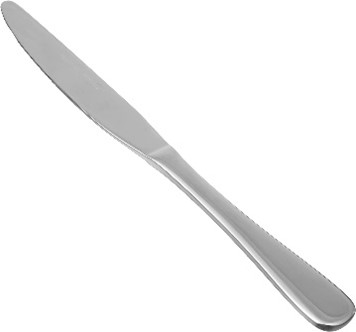Do you remember that day in high school biology when you dissected a night crawler? If you don’t, let me tell you that it is an earthworm about 7 inches long. You used your scalpel to carefully cut in incision in the dorsal surface at the anterior end. Then using a probe, you scratched at the tissue of the wall segments and pulled back and pinned the body walls to the wax of the dissection tray. Further scratching with the probe finally revealed the brain which consisted of two connected tiny white lumps lying on top of the esophagus. We called this process teasing, and I am reminded of my first dissection back in 1957 whenever I am fighting the oxalis growing in my lawn. I only have a few spots where oxalis insists on returning. Several years ago. I removed 8 square feet of lawn that was hopelessly infested with this weed. I thought I had eradicated it, but 2 or 3 areas continue to be a problem.
So weekly, after each mowing, I get down on my hands and knees and use a teasing technique to remove any oxalis before it has a chance to go to seed. The tool I use is a dinner plate knife because is it rigid, narrow, and had a dull rounded end. I grab the oxalis by the neck (not really the neck) and pull gently. At the same time, I tease (scratch) the soil where I figure the root is located. Generally. the root gives way and another plant bites the dust (so to speak).
I figure that I have a right to tell you about this experience because it does involve a tool, albeit a tool with very limited use. By the way, this is also the tool I use to spread peanut butter in the rat traps that I try to keep baited year-round.
I guess the one question remains—will I be able to completely tease the oxalis to death—or will it outlast me and tease me to death?
Stan, The Tool Man
P.S. My editor says the last line is a little grim.

Table knife as garden tool
